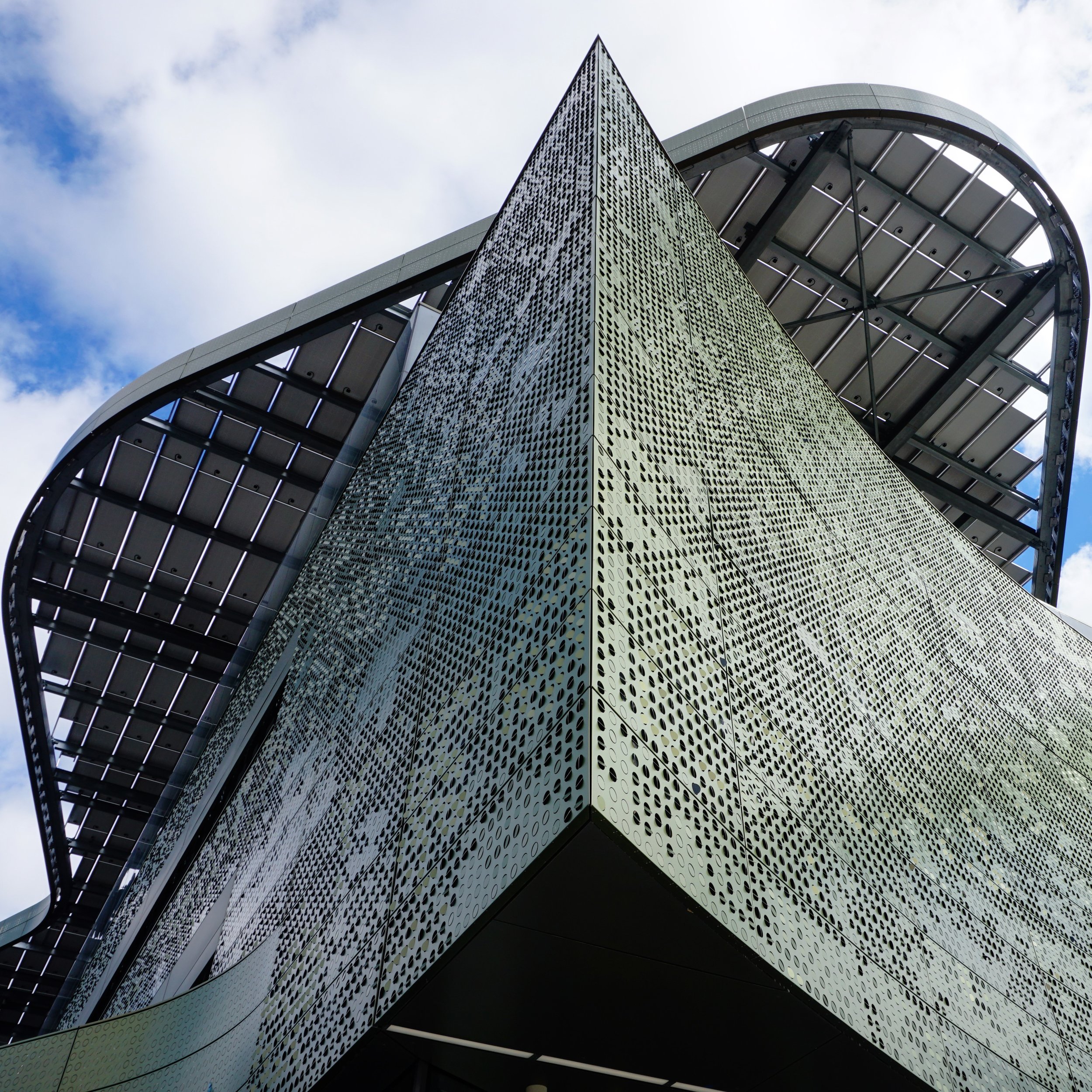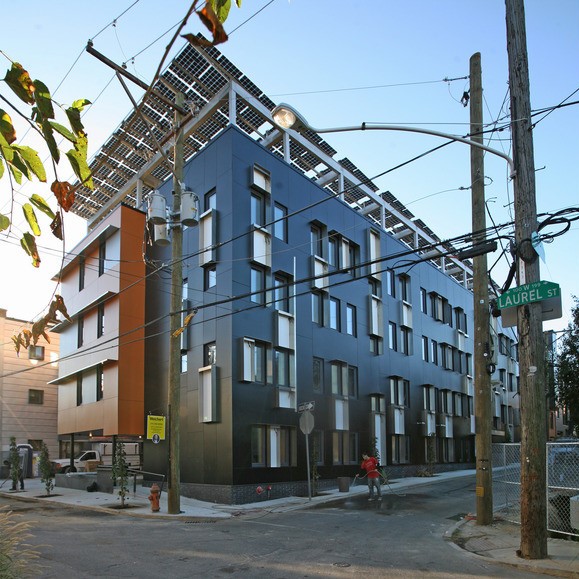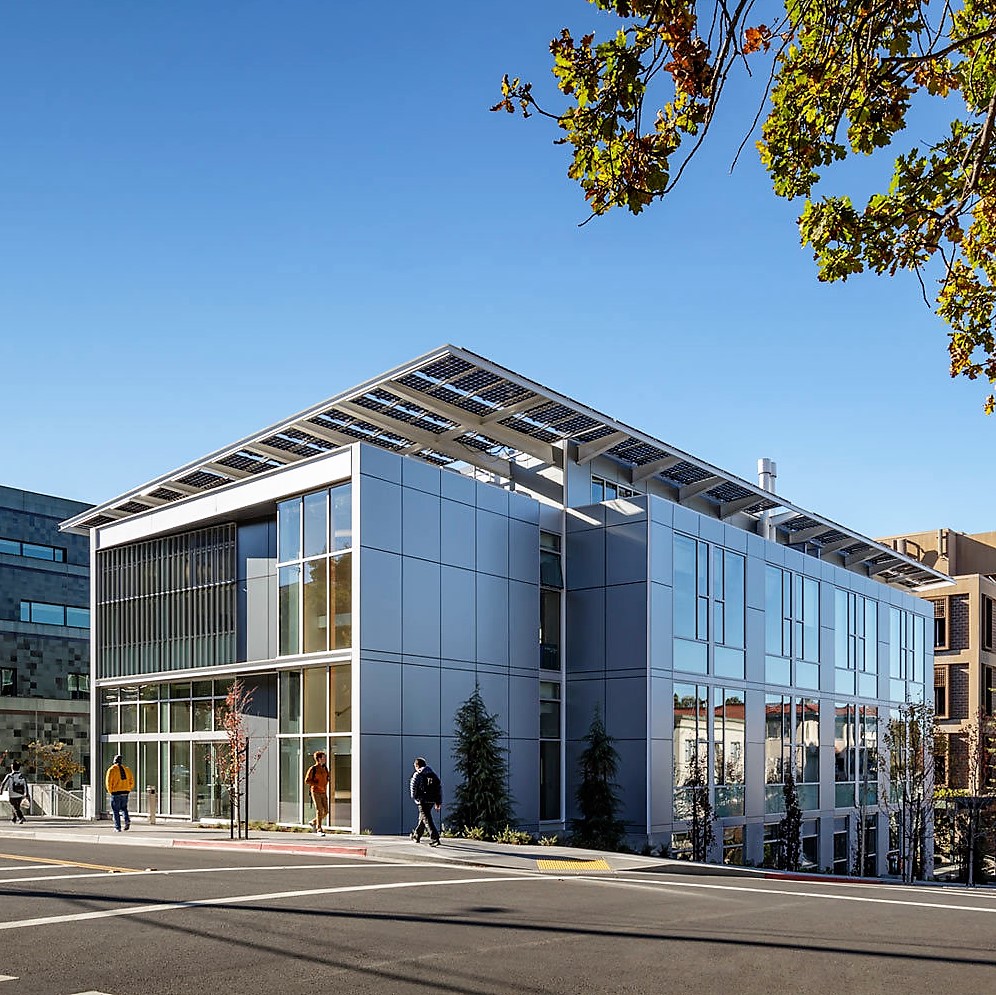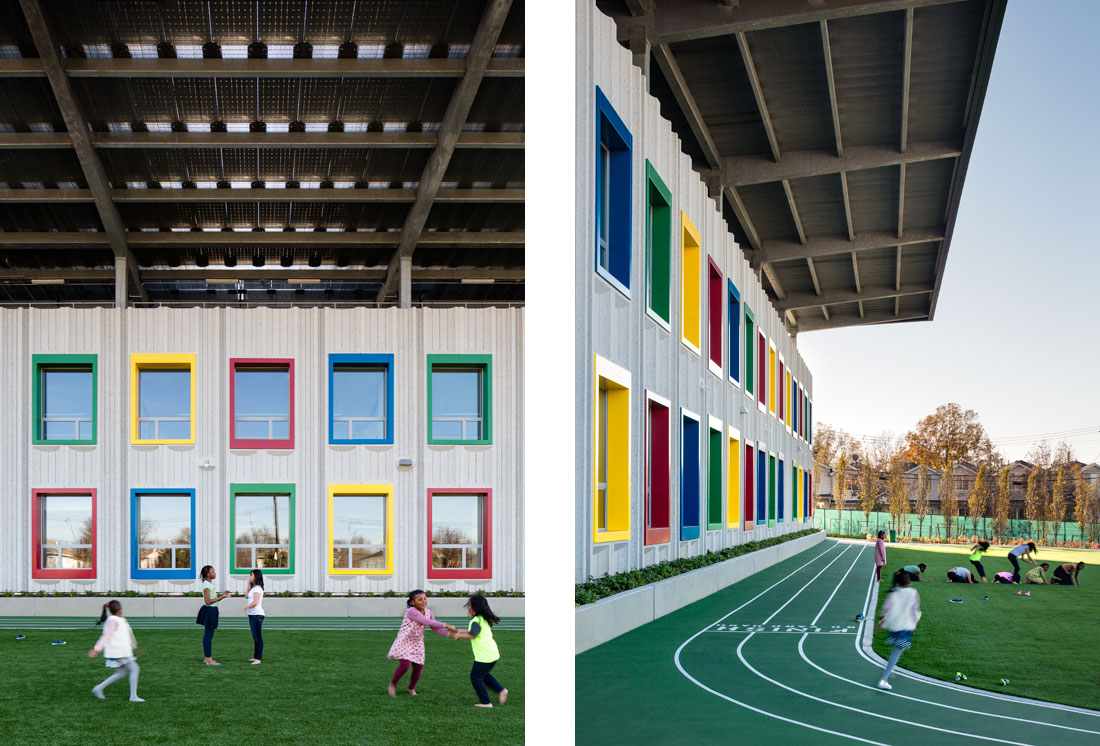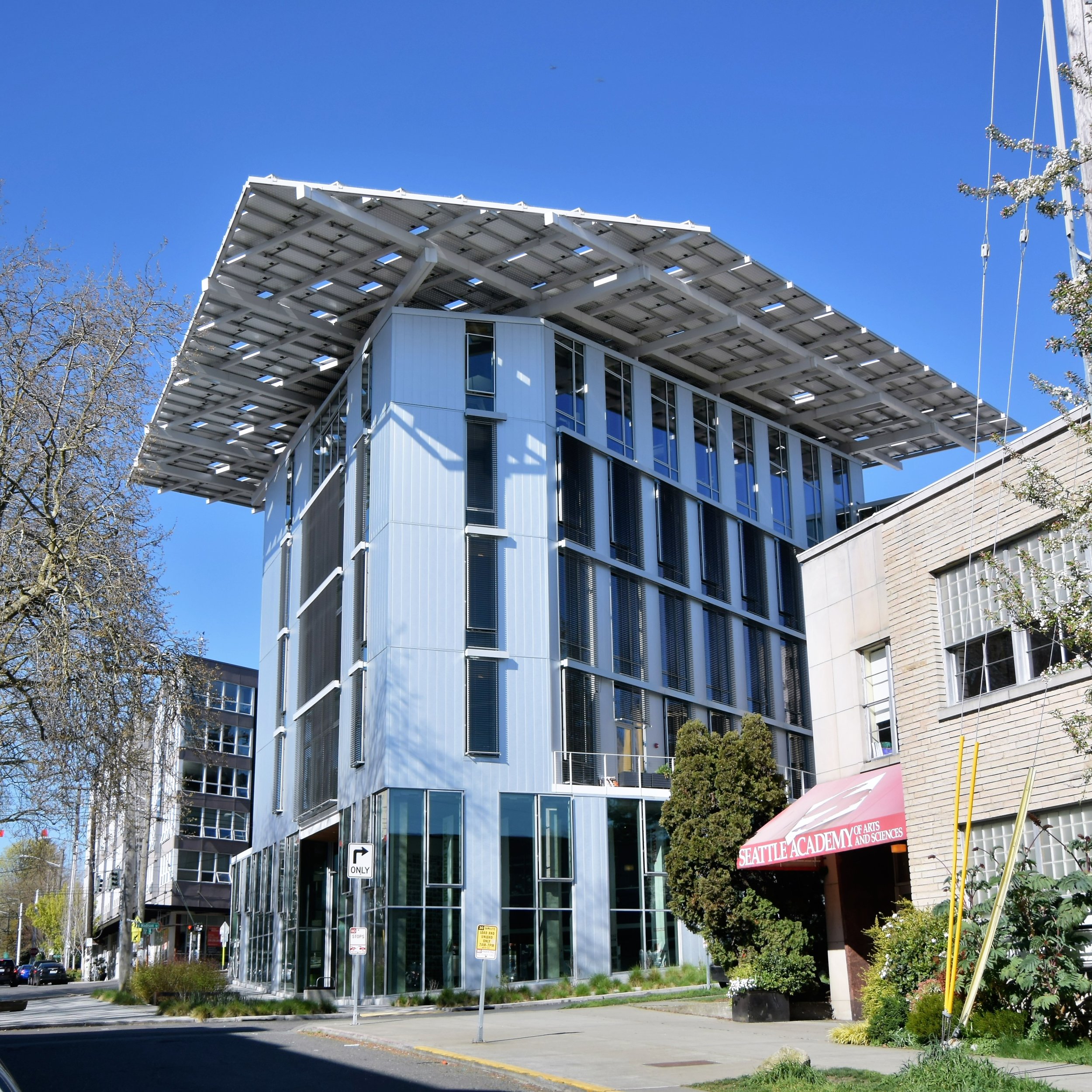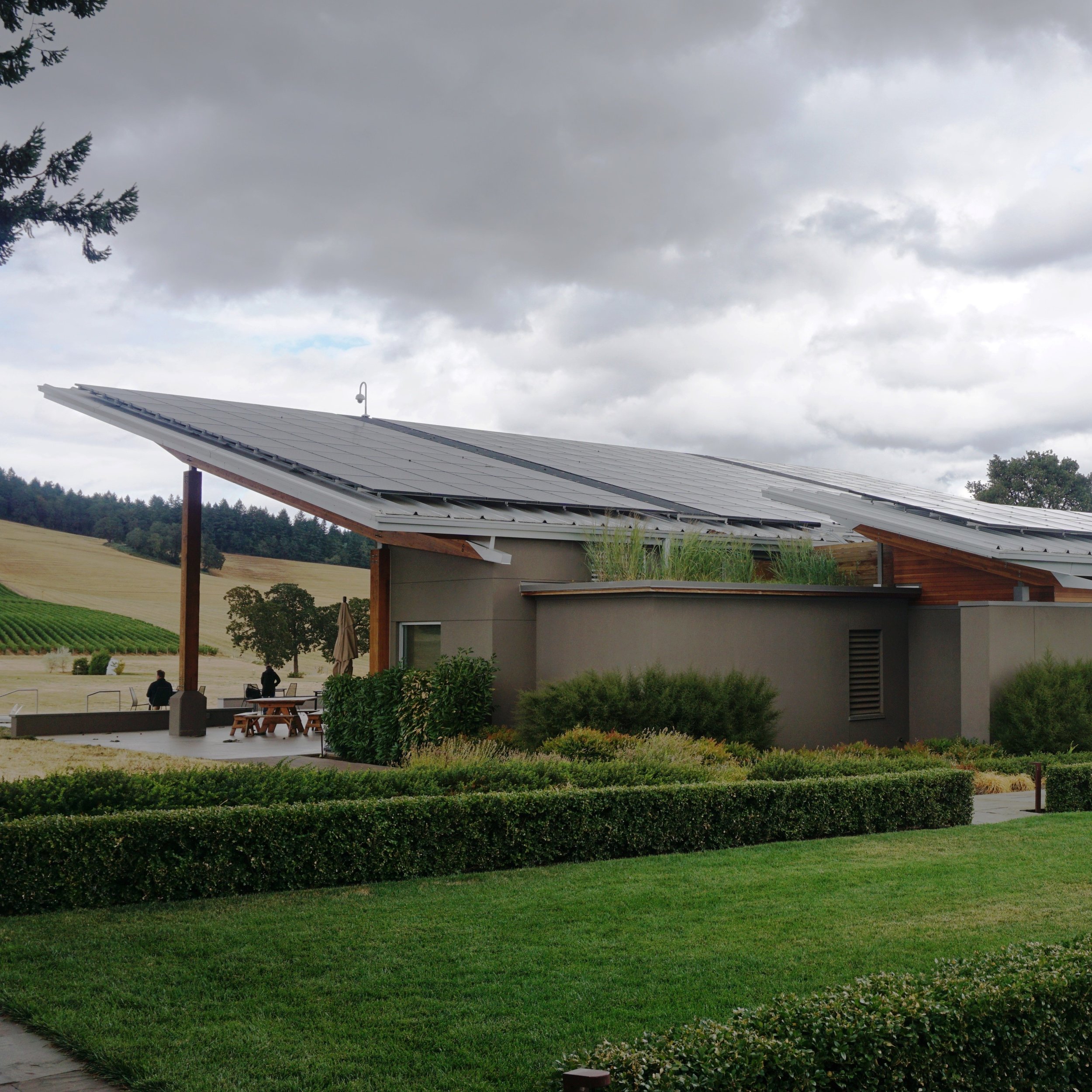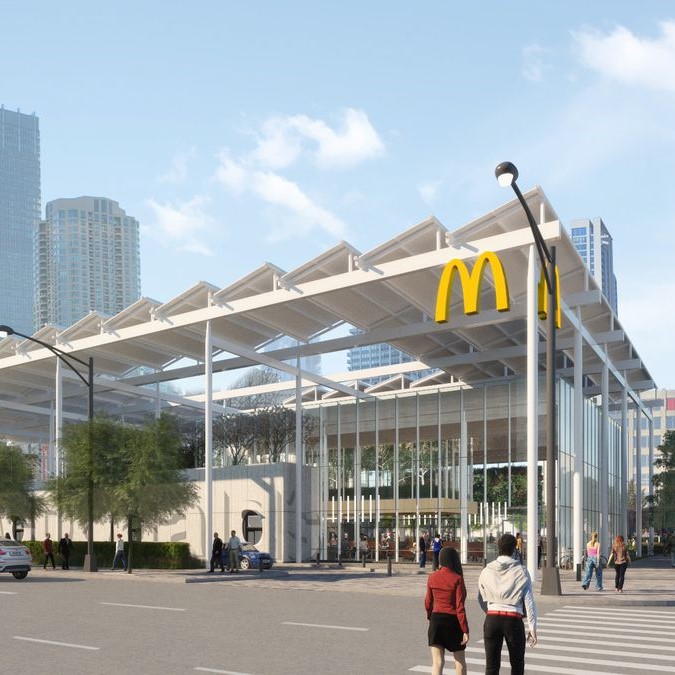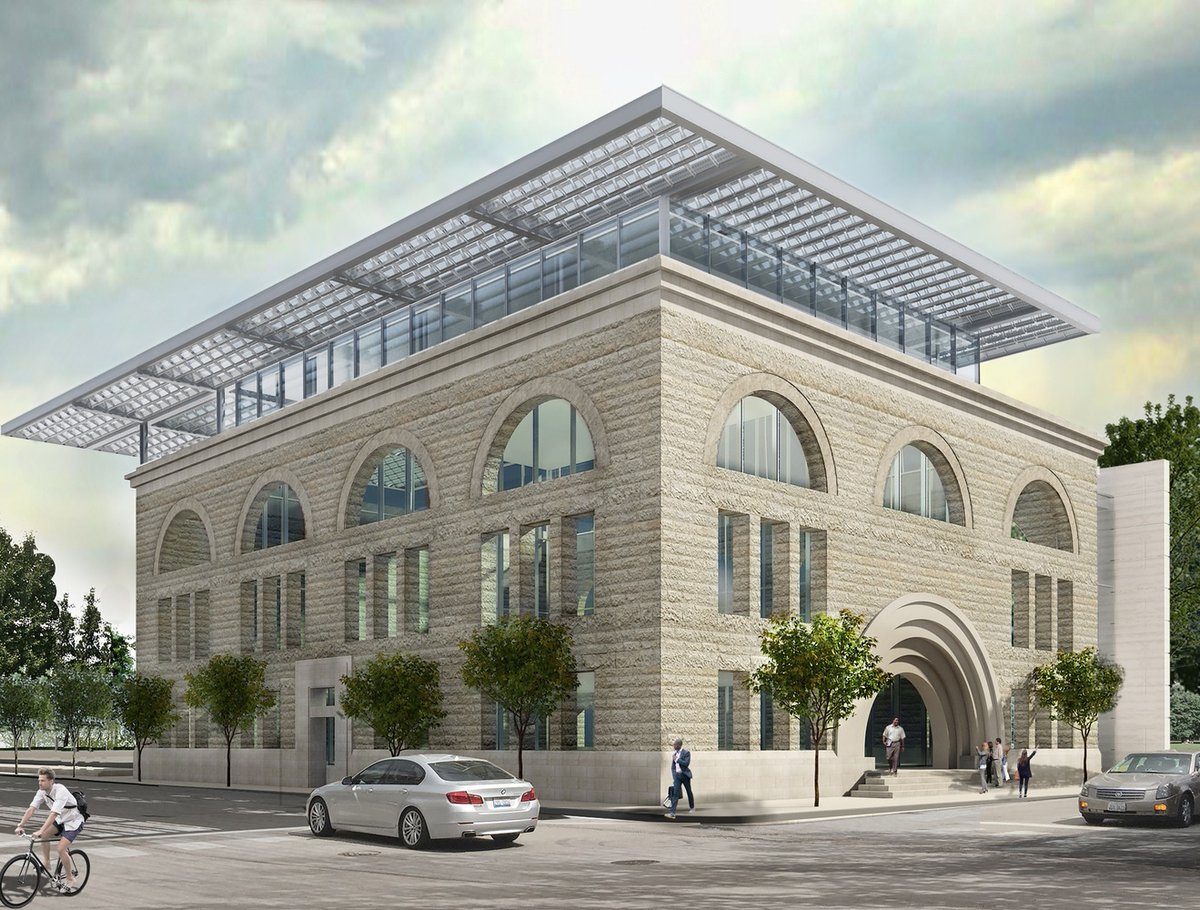Dubious answers to the question: why invent new architectural forms? These are either dispositional or simply selfish.
To express...
...a spectacle. Essentially to attract attention for the client or the architect or the place. I was hesitant to name any names here, but why not. MVRDV.
...an anti-establishment message. Here I think of Eisenman, Libeskind, Tschumi. In my opinion this approach leads to closed styles which don't age well.
...a utopian vision. Maybe you'd classify this as altruistic with the group above. Not me (Solarpunk notwithstanding).
To innovate...
...for innovation’s sake. Often new generative tools are involved, and often the construction must be figured out later by someone else. Charles Eames stated the counterargument: “Innovate as a last resort.”
● ● ●
Why avoid inventing new forms? In my view there are some good reasons to work with the vocabulary of existing forms.
First, to improve or refine existing forms. One of my favorite figures from architectural history, Irving Gill, worked principally with Spanish-style forms, and advanced them through abstraction and simplification. For any architect, the objective of working with established forms may be to ‘fit in’, to operate within the established common culture, in a thoughtful manner. Similarly, there is plenty of creative room to use existing forms in an inventive manner, through juxtaposition, pastiche, or other methods of transformation. Postmodernist projects like Stirling's Neue Staatsgalerie jump to mind, but I believe this practice is widespread within all styles and periods. Richard Rogers’ Millennium Dome was a clever adaption of the (lost) forms of the Skylon and the Dome of Discovery from the 1951 Festival of London.
Second, the Eames position, if there is no compelling need or justification. In the New Yorker cartoon of a Frank Gehry-style doghouse, the subtext is that there's no reason for a doghouse to be shaped differently. Where formal invention is not a priority, other forms of refinement and technical excellence can come to the fore—see Mies, and Swedish homebuilders. Herzog & DeMeuron's early work was famously “starved” in terms of form but focused on the “cosmetic” invention of surface effects (Kipnis).
Third, to ensure the success of the project by avoiding costs, risks. Probably most projects in the built environment, certainly most housing and corporate architecture, follow this logic. This is more pragmatic than altruistic, but there is something to be said for earnest professional responsibility.
And there are certainly poor reasons to work with existing forms, stemming from lazy work habits or lazy thinking. It can be lazy to reflexively use forms which ‘fit in’ and reinforce the established common culture, without a clear and sincere commitment to its virtues, like making a craftsman bungalow without a porch.
● ● ●
What's the conclusion? As a teacher, I don’t mind if students create new forms, and I don't mind if they work with existing forms. But they must know why they're doing what they’re doing. Integrity means clarity of reasoning, and the reasons must not be selfish or lazy. For professionals too, I think the danger is in self-deception. I sense that, for many new forms, the creators would claim to improve the quality of the built environment, when in fact the true motivation is to attract attention.









